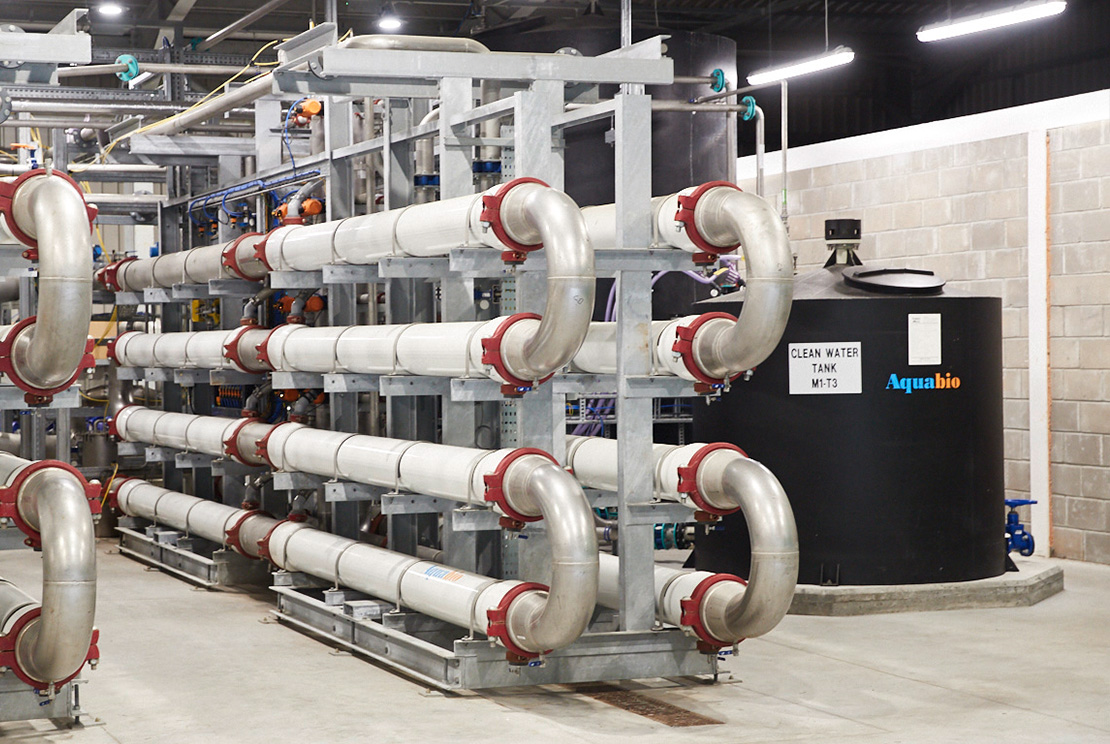Its aim is to reuse as much water as possible back in the production facility and significantly reduce water consumption, discharge volumes and associated costs. This is achieved with Aquabio’s aerobic low energy Membrane Bioreactor (AMBR LE) wastewater treatment solution, whereby the waste stream produced is biologically treated to remove the pollutants before being filtered via ultrafiltration membranes, which essentially produces a suspended solids free discharge stream. This discharge stream is deemed as ‘reuse ready’ and can be put directly onto the face of a reverse osmosis system to produce a high quality softened water, which can be reused in the dairy’s factory processes.
UV radiation has also been installed to provide further disinfection and also acts as a safeguard to ensure the reuse water remains safe and of high quality.

Scotch whisky producer Glenmorangie uses a similar technique, which has the additional benefit of protecting the environment around the distillery. Waste water is treated utilising Aquabio’s anaerobic Membrane Bioreactor (AnMBR), which essentially treats the organics in the wastewater via anaerobic decomposition, followed by filtration via ultrafiltration membranes. As part of the anaerobic process one of the by-products produced is a methane rich biogas, which is a replacement for natural gas and is reused in Glenmorangie’s production facility to heat the copper stills used as part of the whisky making process. By converting Glenmorangie’s indigenous waste into local renewable energy, this reduces the need for external energy and saves significant costs to the business.
These two examples demonstrate the huge potential for waste water as part of sustainable management. In the future, widespread use of treatment plants could save considerable amounts of fresh water, fossil fuels, protect the environment, and alleviate water shortages in dry periods. It’s not a bad idea, and pretty much a win-win situation for people, nature, and industry.
Quellen:
https://www.eea.europa.eu/de/signale/signale-2018/artikel/wassernutzung-in-europa-quantitaet-und
https://www.lfu.bayern.de/wasser/industrielle_abwasserbehandlung/index.htm
https://aquabio.co.uk/case-study/muller-milk-ingredients-uk/